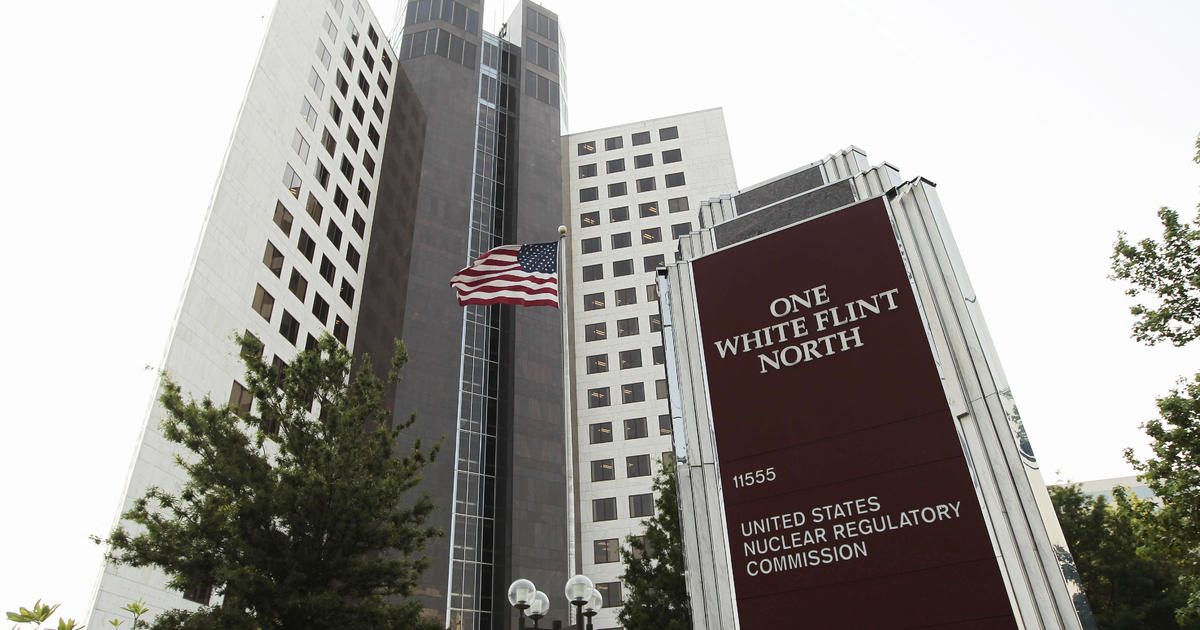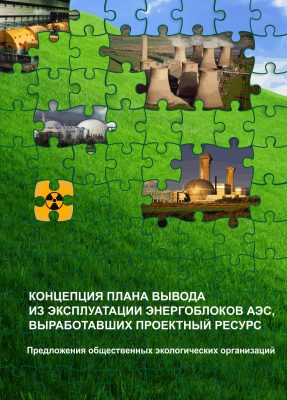
2. Generation of solid radioactive waste (SRW)
The main source of SRW production is the scheduled replacement of equipment, the maintenance/repairs of rooms and equipment, etc. The SRW composition is very diverse.
These are different metals, cables, thermal insulation, contaminated protective clothes, elastron, paper, etc.
In terms of SRW treatment it is divided into compactable, incinerable and metallic, and in terms of the contamination level - into 3 groups: low-level - up to 30 millirem/h medium-level - from 30 to 1,000 millirem/h high-level - above 1,000 millirem /h The high-level SRW includes reactor com-ponents. In the total volume of operational SRW their share is no more than 4 %.
The total amount of SRW annually generated at a four power unit NPP is approximately ~ 1200 t, about 90 % of it is low-level waste.
At the normal operation of a NPP with four RBMK-1000 reactors ~1200 m3 of SRW is produced.
In order to reduce the SRW volume, when the measures on lifecycle extension are taken, a program for solid waste conditioning has been developed and implemented, which enables the reduction of waste volume from 1200 to 300 m3.
The SRW category also includes bitumen compounds, which are produced at the LRW solidification, at the stage of its initial treatment.
By now Leningrad NPP has accumulated 23518 m3 of them.
Within the framework of TAСIS-94 program the LRW cementing unit has been built.
Its operation will enable an efficient and safe conditioning of LRW into more stable SRW.
After the LRW cementing unit is put into operation in 2008 the total volume of waste will be reduced 4 times thanks to the conversion of LRW into SRW. After that a bituminization
unit will be installed.
At present the state regulatory body of Russia is considering the possibility of introducing the "very low-level waste” category (similar to France). If the RW specific activity is below 1.0×105 Bq/kg for artificial and 5.0×105 Bq/kg for natural radionuclides, it can be included into this category and under certain conditions this waste can be exempt from the regulatory control. Further handling can be restricted by the nuclear industry sites.
Дополнительные материалы
This topic focuses on the existing experience of long-term isolation of radioactive wastes from the environment in Russia
Lectures on this topic:
- 01. Operational RW and SNF of Russian VVER and RBMK reactors
- 02. Generation of solid radioactive waste (SRW)
- 03. Recycling of metallic radioactive waste
- 04. Spent nuclear fuel (SNF)
- 05. Radioactive waste produced at NPP decommissioning
- 06. Necessity of establishing a unified RW management system
- 07. Proposals for establishing regional RW repository in the North-West Russia
- 08. Legal provisions for RW management in Russia
- 09. Importance of using the international experience of RW and SNF management
- 10. European experience
TOPIC OF COURSE
- Topic 01. Current condition of nuclear energy
- Topic 02. Legislation in the US and in Russia
- Topic 03. International law in the sphere of decommissioning
- Topic 04. Role of the national regulators in the decommissioning process
- Topic 05. Possible approaches and scenarios of decommissioning
- Topic 06. Existing experience of decommissioning
- Topic 07. Strategy for handling radioactive waste (RW) and spent nuclear fuel (SNF) USA experience
- Topic 08. Strategy for handling RW and SNF Russian experience & other countries
- Topic 09. Social aspects of decommissioning
- Topic 10. International and inter-regional cooperation for safe decommissioning
